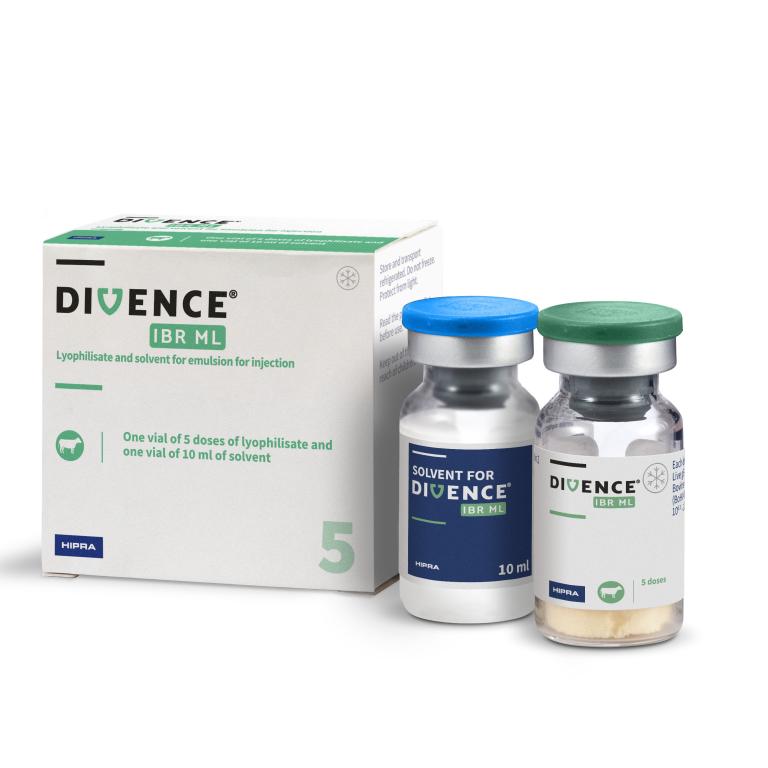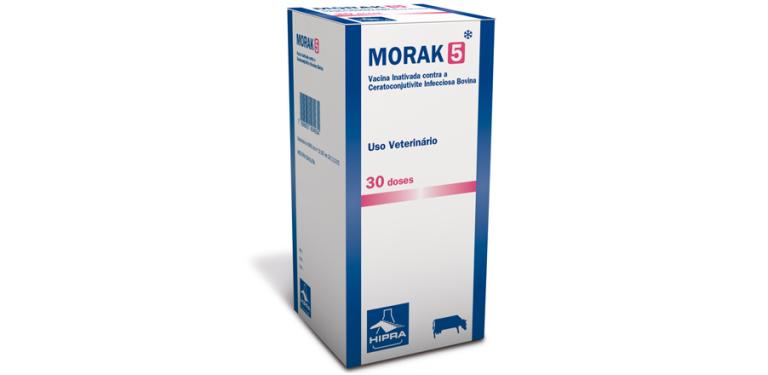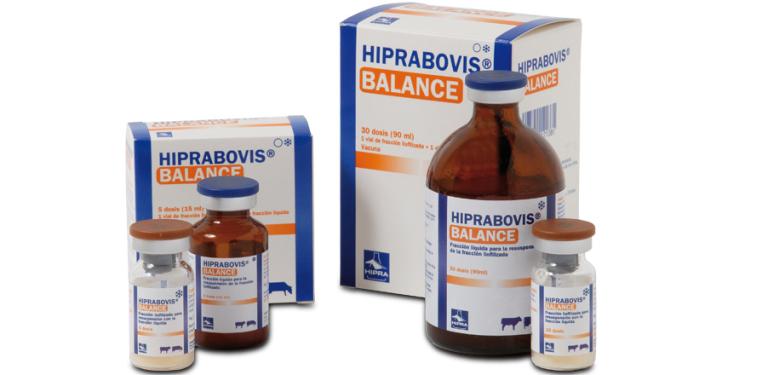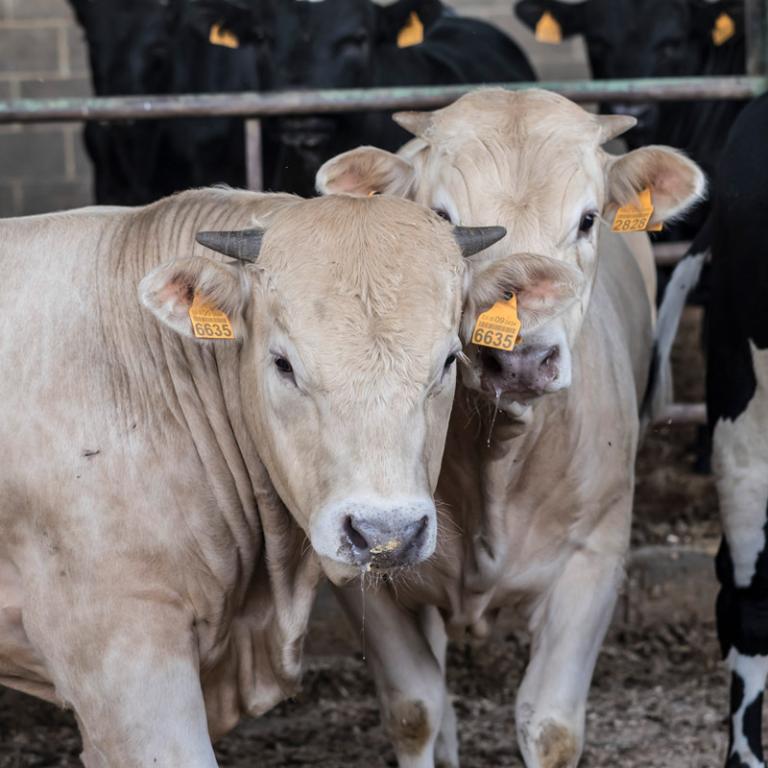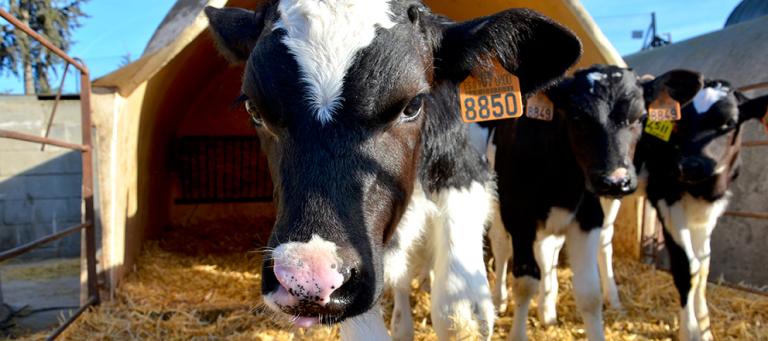Although Bovine Respiratory Disease (BRD) vaccination has been commonly associated with viral protection, Pasteurellas (M. haemolytica, H. somni or P. multocida) also play an important role as they are commensals in the upper respiratory tract of bovines.
Types of BRD lesions
When factors such as stress or viral infections occurs, the replication rate of these bacterial pathogens increases rapidly and they colonize the lung, producing severe lung lesions.
This includes in particular necrosis, thrombosis and substantial fibrin production, which in some cases can even result in the death of the calves.
M. haemolytica: Effects and efficacy of vaccination
Mannheimia haemolytica produces the well-known “shipping fever”. Serotype 1 is the bacterium most frequently isolated from the lungs of cattle with BRD1.
The leukotoxin is its most destructive virulence factor, producing the previously mentioned lung lesion1.
The value of M. haemolytica bacterin-based vaccines is questionable, and some studies show that they can even exacerbate the disease.
The most innovative vaccines include leukotoxoid, which are 50-70% effective in preventing pneumonia caused by M. haemolytica2.
The importance of Histophilus somni
Since PCR diagnosis was developed, Histophilus somni is becoming increasingly and widely recognized as an important pathogen as well3.
This bacterium not only produces bacterial pneumonia but also septicaemia, resulting in: myocarditis, otitis, polysynovitis and thromboembolic meningoencephalitis4, most commonly named as "the sleeper syndrome".
The guidelines of the EU Commission for the reduction of antimicrobial use and improvement of the health status of farms currently require improvements in diagnosis and prevention.
HIPRA developed HIPRABOVIS® SOMNI/Lkt, the first and only vaccine in the EU that confers protection against the leukotoxin of Mannheimia haemolytica and against Histophilus somni.
This vaccine offers vet practitioners a different approach to BRD, by also providing protection against bacterial pathogens and reducing the use of antibiotics by up to 80%.5
Reducing the economic impact of the BRD is possible

